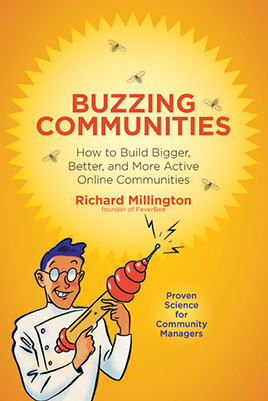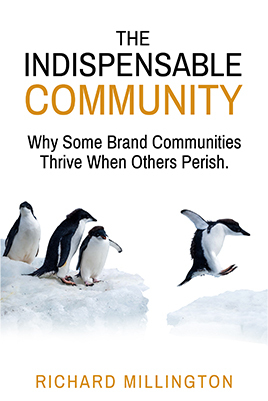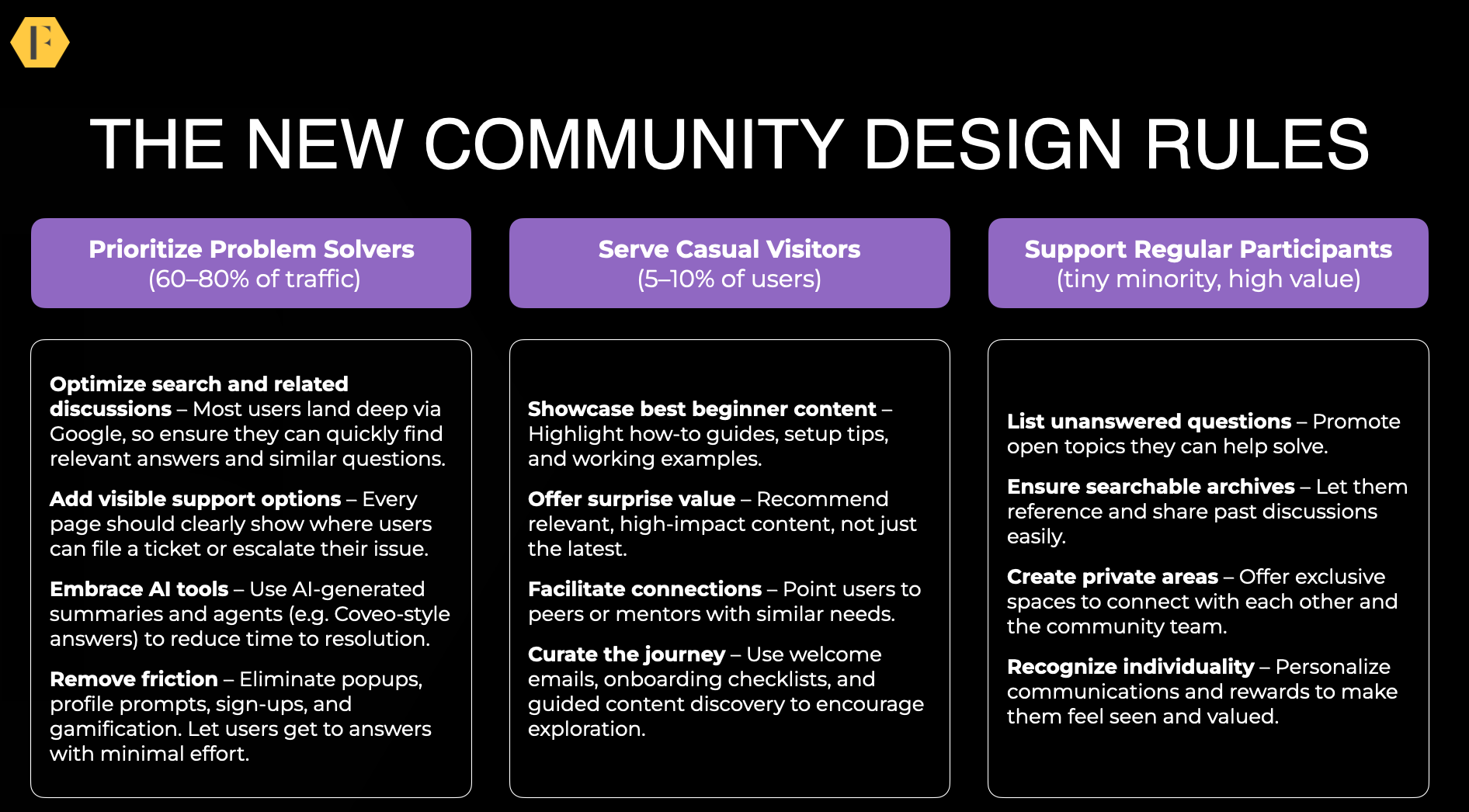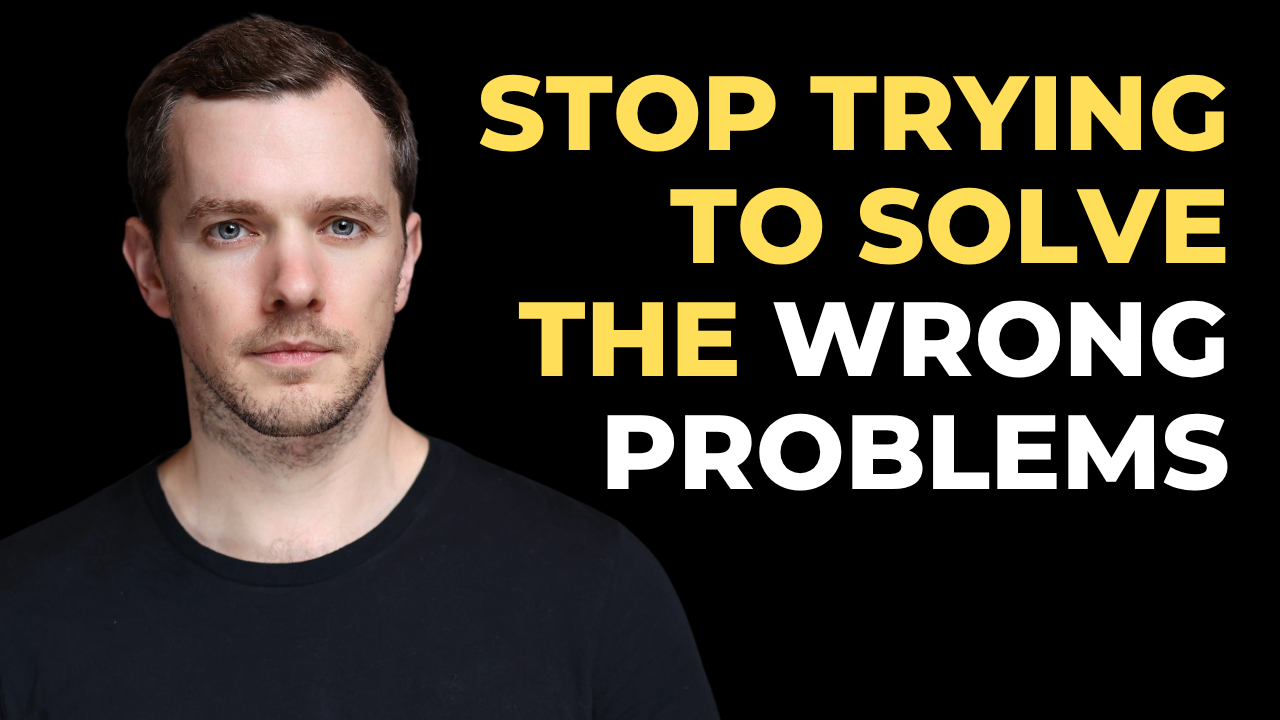Everything between the moment you establish the objectives and the moment you begin doing outreach to your members is the conceptualization phase.
This is when you decide who you’re targeting, what the community will be about, what type of community it will be, and how you get it going.
If you get the community concept wrong, nothing else you do matters. A community can’t overcome a terrible concept. A community about something that isn’t a really strong interest can’t possibly succeed. Too many communities are created for by organizations for customers to talk about their products.
The Conceptualization Phase
Conceptualization is a phase, a process…it takes time. It’s not a series of instant decisions to be made in a meeting one afternoon. It’s a steady process of testing ideas, analyzing the audience, and understanding the community ecosystem.
Organizations make many common mistakes at this phase. They make the community about their brands, products, or service – as opposed to making the community about their audience and a strong common interest.
Some questions you will want to answer here include:
1) Identify the target audience
In the beginning, you need an extremely focused target audience. You’re aiming to get a fewer number of members who share a stronger common interest.
You’re looking for at least two-qualifiers. You want a community for {who} who are {qualifier 2}. This qualifier will be a demographic, habit, or psychographic. So it will be a community for people that {purchase product} who also {believe in…}.
This demographic is identified by understanding the strong common interest. You can’t ascertain that strong common interest without interacting with members of that target audience.
If your target audience doesn’t already talk about the topic online, then you have the wrong topic. During this phase you should also have an extensive understanding about the strong common interest.
2) Determine the type of community
Will it be a community of place, practice, interest, action, or circumstance?
Don’t default to a community of interest. This is the most competitive. It’s easier to build a community of place or action. There aren’t many things we’re interested in. You can make it a community of people who want to change something in the world, or a community for people who live in a certain location and use a product/service.
Review the existing ecosystems. Make sure that yours is the only one of its kind. This might be achieved solely through selecting a unique
Use a different type of community, unique personality etc…
3) Positioning
If a community like this already exists, the positioning becomes important. The type of community can help, but so does have a unique tone of voice, unique goal or unique benefit.
The positioning problem will not be solved by technology. People wont join a community because it offers picture-sharing. Having a better platform doesn’t help you much here. What helps is a social-related change. Targeting unique groups, being exclusive, unique tone of voice/personality etc…
4) Benefit
What will be the benefit to people from participating in the community?
Will members learn about a topic? Will they become an expert? Will get receive attention for their expertise? These self-interest related benefits do better than utopian statements of connecting, making friends, sharing your knowledge etc…
The only way to understand the benefit a community needs is to be deeply embedded within the ecosystem. This means speaking directly to members of the target audience. Don’t avoid this. You need to identify what people want.
5) Unique environment
Now we need to conquer the amateur-competition problem. Amateurs can always do things that you can’t. They can criticise your brand, for example. You need to use your resources to configure an exclusive environment.
This will mean providing exclusive news, unique information, introducing your contacts, have your employees participating etc…
6) What will members do in the community?
What will community members talk about? What are the major topics to build discussions, events, activities, relationships, and growth around? Gather data on your audience’s current habits and from other trade press to identify the major topics here.
Have a very clear idea of what the general themes are going to be in the opening stages of the community and a plan for testing/refining what works best.
If you want to learn more, sign up for our on-demand course, How to Start an Online Community.





